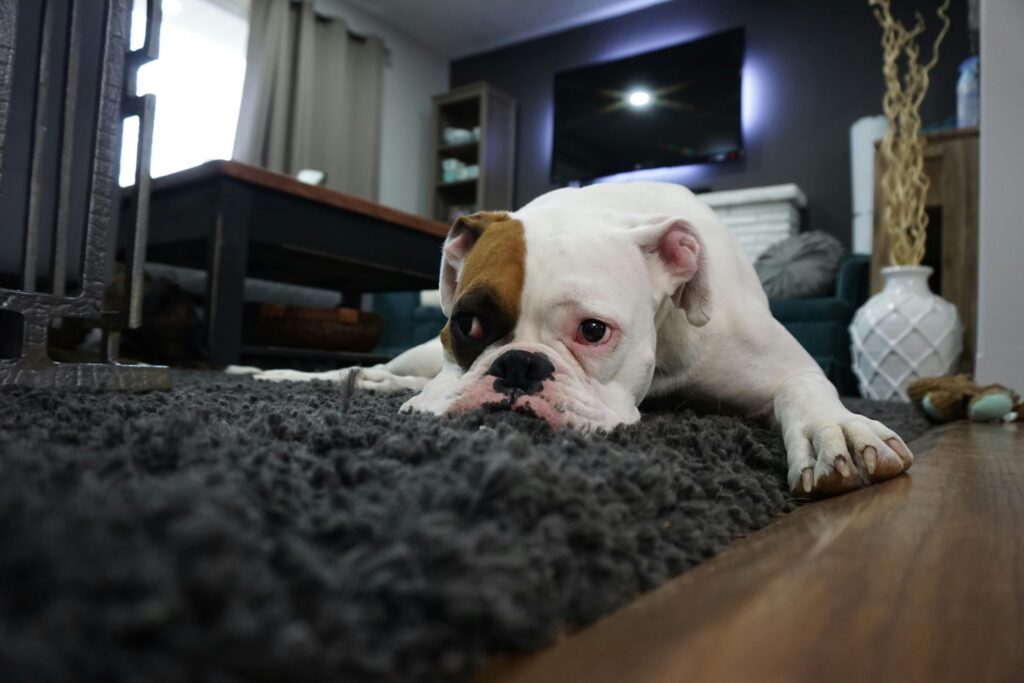Back-to-school season often brings a whirlwind of new routines, packed schedules, and early mornings. While families are focused on getting kids to class and settling into a new rhythm, dogs can be left confused, anxious, or downright bored. After a summer of constant company, that sudden drop in attention can trigger behavior problems.
As a professional trainer, I’ve seen how routine shifts impact dogs. Fortunately, there are simple ways to prepare your pup and avoid a stressful adjustment. Whether you’re dealing with a high-energy puppy or a seasoned family companion, here’s how to keep your dog calm, confident, and well-behaved during this seasonal transition.

Why Dogs Struggle With Schedule Changes
Dogs are creatures of habit. They thrive when they know what to expect each day. Summer often means extra walks, playtime with the kids, and lots of social interaction. Then suddenly, the house goes quiet between 8 a.m. and 3 p.m.
This shift can lead to:
- Separation anxiety
- Destructive chewing or digging
- Barking and whining
- Potty accidents
- Increased reactivity when family members return home
Many of these behaviors are preventable if we take a proactive approach. This is especially true for younger dogs or those who have not yet built strong impulse control.
Begin a Pre-Back-to-School Routine
Don’t wait until the first day of school to change your dog’s schedule. Begin easing into the new routine a week or two in advance.
Here’s a simple checklist to follow:
- Adjust feeding times to match the school schedule.
- Go for walks earlier in the morning to simulate school-day structure.
- Have periods of solo downtime in another room so your dog can practice being alone.
- Limit excessive afternoon stimulation to match what your dog will experience once school starts.
This gradual adjustment can help prevent emotional whiplash when the house empties for the day.
Provide Mental Stimulation While You’re Away
A bored dog is often a destructive dog. Mental enrichment is essential, especially during long stretches alone.
Consider:
- Frozen Kongs with peanut butter, yogurt, or kibble
- Snuffle mats to encourage natural foraging behavior
- Puzzle feeders that challenge your dog’s brain
- Lick mats to reduce anxiety through soothing activity
For more ideas, check out our full guide on how to keep your dog active when it’s too hot. These same enrichment tools work perfectly when your dog is adjusting to quiet house time.
Use Place Training to Manage Morning Chaos
Mornings during the school year can be hectic. Kids rushing around, backpacks flying, toast burning. Your dog may not know what to do with all that movement.
Teaching your dog to stay in a designated “place” gives them direction and prevents them from getting underfoot or worked up during the morning rush.
Our Basic Obedience Program includes this command, along with tools to help your dog stay calm and focused even in chaotic environments. “Place” is one of the most valuable skills for back-to-school success.
Revisit Crate Training (or Refresh Quiet Time Zones)
If your dog has become used to being out and about all summer, it’s time to reintroduce structure around rest. A crate, pen, or closed room offers your dog a calm place to rest and recharge during school hours.
Start by:
- Having your dog spend time in their rest zone with a toy while you’re home
- Gradually increasing time spent alone
- Never using the crate as punishment
- Rewarding calm behavior when exiting the crate
This helps prevent anxiety or barking when you’re gone for longer stretches.
Add Afternoon Decompression Activities
When kids return home after school, your dog’s energy often spikes. Rather than letting them jump or bark with excitement, create calm rituals.
Try:
- A post-school walk together
- Structured games like fetch or tug with rules
- Practice obedience commands before play
These activities help your dog burn energy without becoming overstimulated. They also reestablish connection after a long day apart.
Watch for Warning Signs of Separation Anxiety
Even with a solid routine, some dogs may still struggle when the house is empty. If you notice:
- Destructive behavior within 30 minutes of departure
- Excessive vocalization
- Pacing or drooling near exits
- Accidents despite being potty trained
Your dog may need help building more independence. Dogs who develop these symptoms often benefit from a structured training plan that teaches them how to relax when alone.
Don’t Overlook the Power of Structure
While affection and enrichment are critical, structure is what holds it all together. Clear expectations, calm transitions, and predictable patterns help your dog feel confident during uncertain times.
If your dog lacks impulse control or obedience, a sudden routine change will likely trigger confusion and stress. Investing in foundational training now can prevent major headaches down the road.
For families needing a more in-depth strategy, our team specializes in real-world training that fits into busy family life. Whether your dog is jumping, barking, or struggling to settle when the kids are gone, we’ve got a solution that works.
Additional Support and Tools
Not sure where to start? The American Kennel Club offers helpful guidance on preparing your dog for back-to-school. It’s a great resource for reinforcing routine, managing alone time, and easing your dog into new daily patterns.
But keep in mind: no article replaces hands-on guidance when your dog is struggling with behavior issues. The earlier you build routine and obedience, the easier it is to navigate major life transitions like this.
Final Thoughts
Back-to-school season doesn’t have to spell trouble for your dog. With some prep work, a little structure, and the right tools, you can help your dog feel secure and balanced no matter how busy your household becomes.
Start early, stay consistent, and don’t hesitate to seek guidance if your dog seems off balance. Their emotional wellness is just as important as their physical health.
Need help preparing your dog for back-to-school changes?
Contact our Chicago training team today and let’s create a plan that fits your family’s lifestyle.

